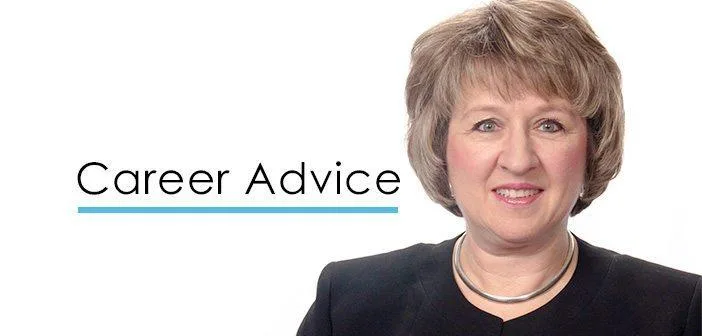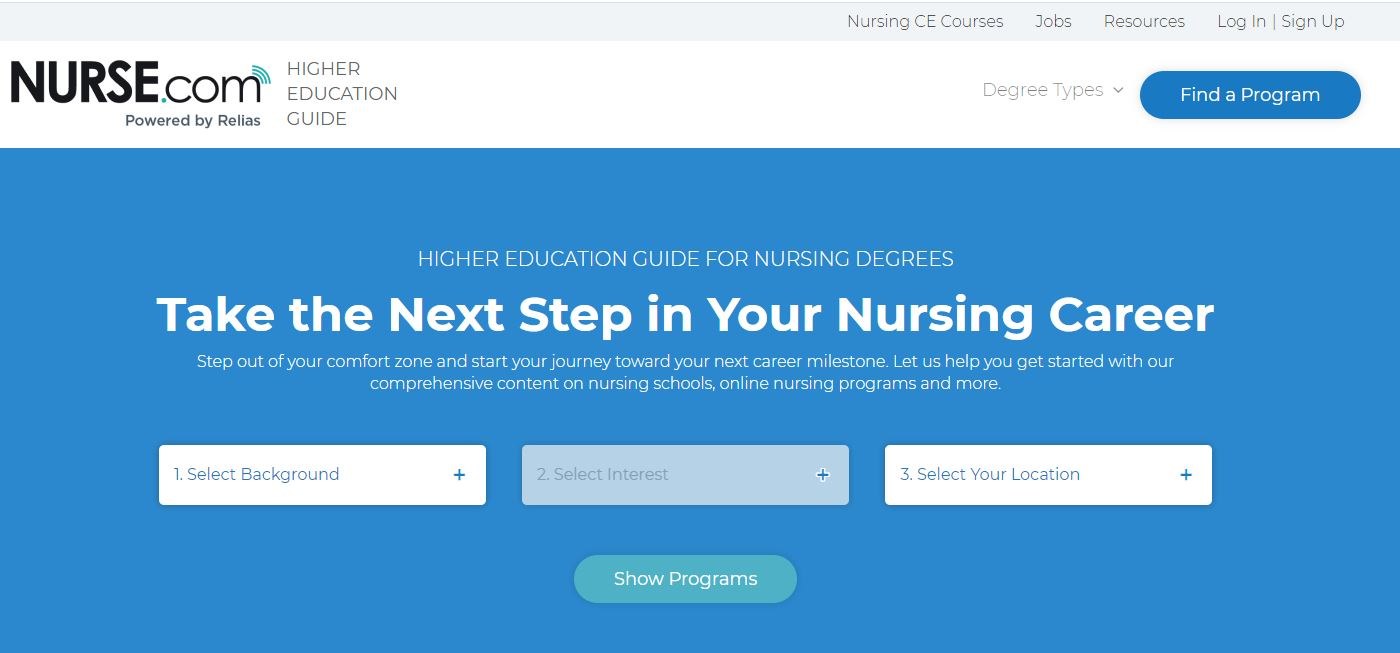Hi Donna,
Can you tell me the correct way to list nursing credentials after my name? Does my RN come first or my BSN? I've seen it both ways, so I'm just wondering what is correct.
Wondering About Credentials
Dear Wondering About Credentials,
Either way is correct when writing out your name and credentials -- Jane Doe, RN, BSN, or Jane Doe, BSN, RN. In the world of academia, the college degree is used first and then licensure and other credentials. But for the rest of us, both ways work.
Many nurses, including myself, prefer to use the RN first and the college degree next. So I sign my name as follows: Donna Cardillo, RN, MA, CSP (Certified Speaking Professional). Any certifications you have would go at the end.
If you were to eventually get an MSN or higher nursing degree, it is not necessary to also include a lower degree in the same major (e.g. BSN). However, there are nurses who have a BSN and then obtain an MBA or other non-nursing degree. They may want to indicate both degrees after their name, such as, Jane Doe, RN, BSN, MBA, although it is only necessary to list the highest degree, depending on the situation.
Some nurses have so many initials after their names that it is hard to sort through. I encourage nurses to keep it simple and leave the alphabet soup for your resume or CV.
If you are employed somewhere and are required to sign off on records, check with your employer's policy about how they want you to sign your name and credentials.
Best wishes,
Donna
Let us help you get started on your next educational journey.
Check out our popular CE courses
Approaches to Community-Based Suicide Prevention (2.0 contact hours)
Worldwide, suicide is the 13th-leading cause of death, with the highest rates found in countries with advanced healthcare. Statistics from the Centers for Disease Control and Prevention (CDC) indicate all age groups are affected, with some specific concerns for older adults and adolescents. There has, however, also been a startling rise in suicide among middle-aged Americans. Suicide rates for middle-aged women have increased 63% since 1999; for men, the increase is 43% in the same time period. This course provides professionals in numerous healthcare roles, social workers and psychologists with information about the issue of suicide and its prevention strategies.
Cultural Competence: The Cultural Factor in Pain Management (1.0 contact hours)
This course helps healthcare professionals become familiar with cultural differences associated with pain perceptions and management. Pain variables such as culture, religion or ethnicity are not part of standardized pain scales.
Caring for Non-Communicative Individuals (1.0 contact hours)
The goal of this course is to provide nurses in post-acute care with best practices in caring for those who cannot communicate.







